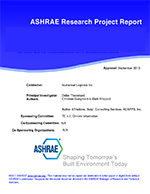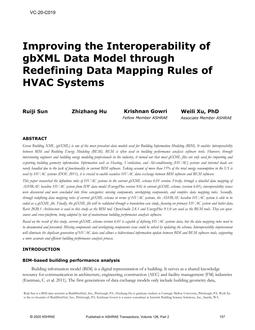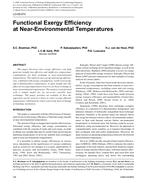Click here to purchase
The presence of occupants has a profound influence on the climatization of buildings. In the healthcare sector, occupants can also be considered as sources of pathogens, which applies further requirements to the ventilation system beyond the regular comfort criteria. The German standard DIN 1946-4 defines a minimum required fresh air volume flow rate depending on the number of occupants. Such minimum flow rates are defined for room types like examination and treatment, intensive care, isolation care, and supporting facilities related to operating theatres. The ASHRAE 170-2021 allows for unoccupied turndown. Hence, the occupancy is required to allow for energy-saving methods like demand-controlled ventilation. This study proposes a sensor fusion occupancy detection approach and analyses its practicability for the use in hospitals. To increase the robustness of CO2-based occupancy detection, it is combined with an activity-based approach. The fused sensor readings are the CO2-concentration of the room and corridor air, the motion via passive infrared sensors (PIR), and the door opening state via magnetic contact switches. We conducted the occupancy detection in 64 patient rooms of a German hospital. The simulated occupancy is validated with the occupancy gathered by on-site observations in 4 rooms over 8 hours. The influence of uncertainties in the data and information basis is analyzed and discussed. The methodology is evaluated towards its practicability for occupancy-based demand-controlled ventilation. The occupancy detection obtained an average mean absolute error of 2.2 persons or an occupancy number match of 44% for the validation period. The higher the air change rates, the more sensitive is the occupancy detection towards inaccuracies in the CO2 readings.
Product Details
- Published:
- 2022
- Number of Pages:
- 10
- Units of Measure:
- Dual
- File Size:
- 1 file , 1.1 MB
- Product Code(s):
- D-IIVC2022-C040
- Note:
- This product is unavailable in Russia, Belarus


